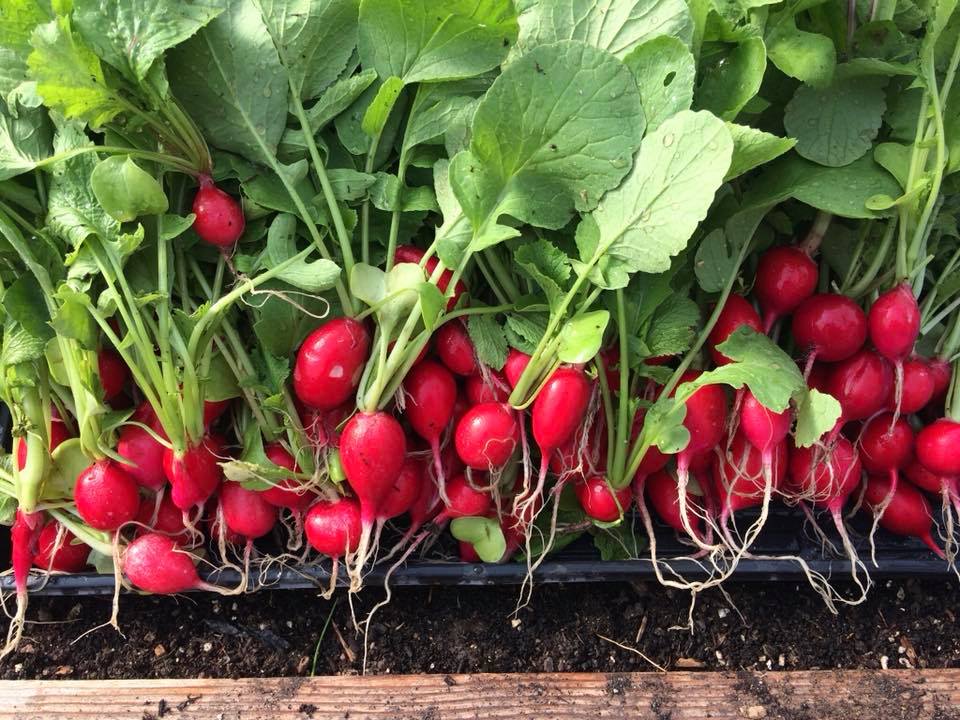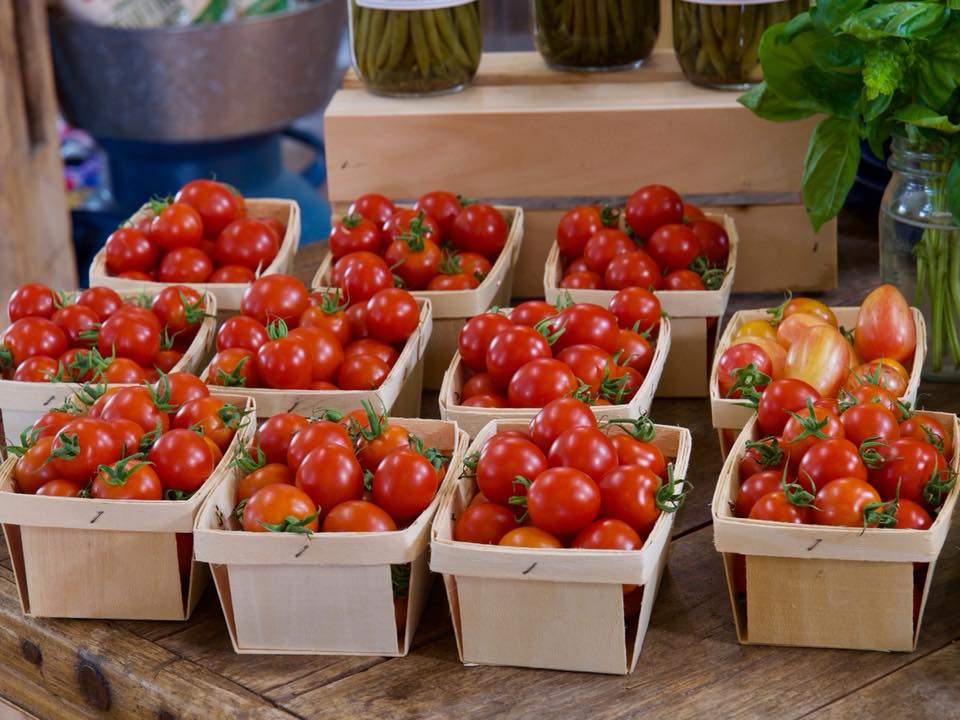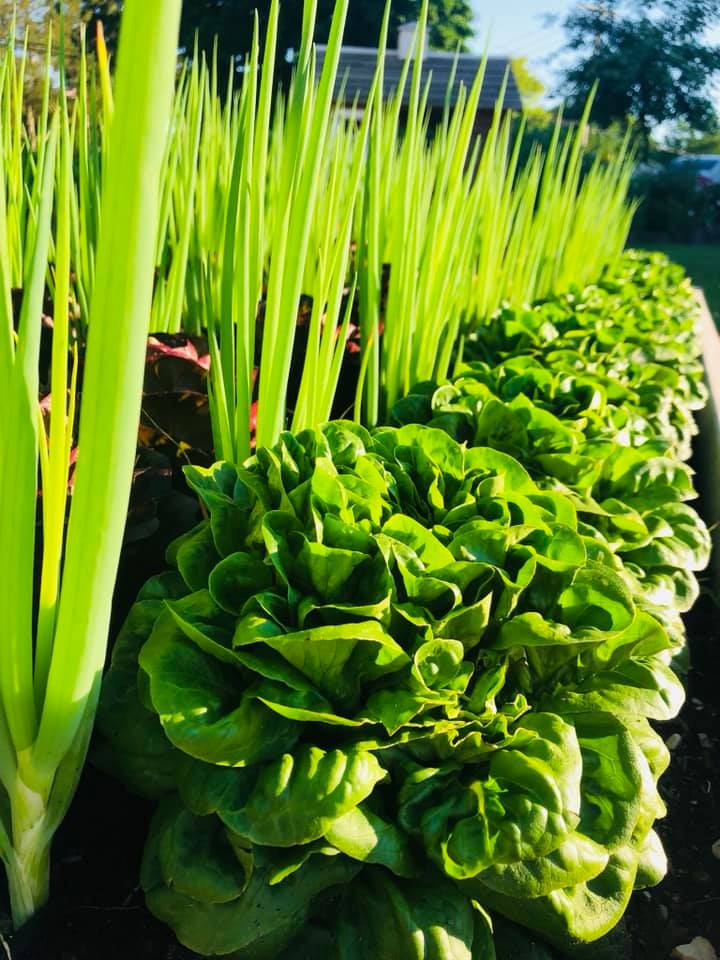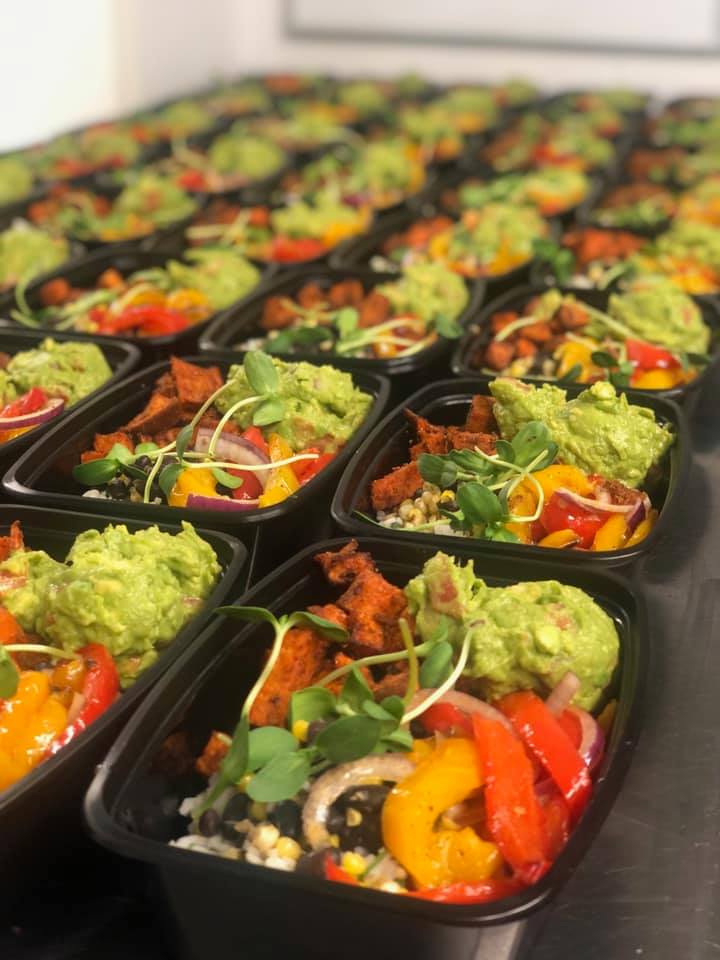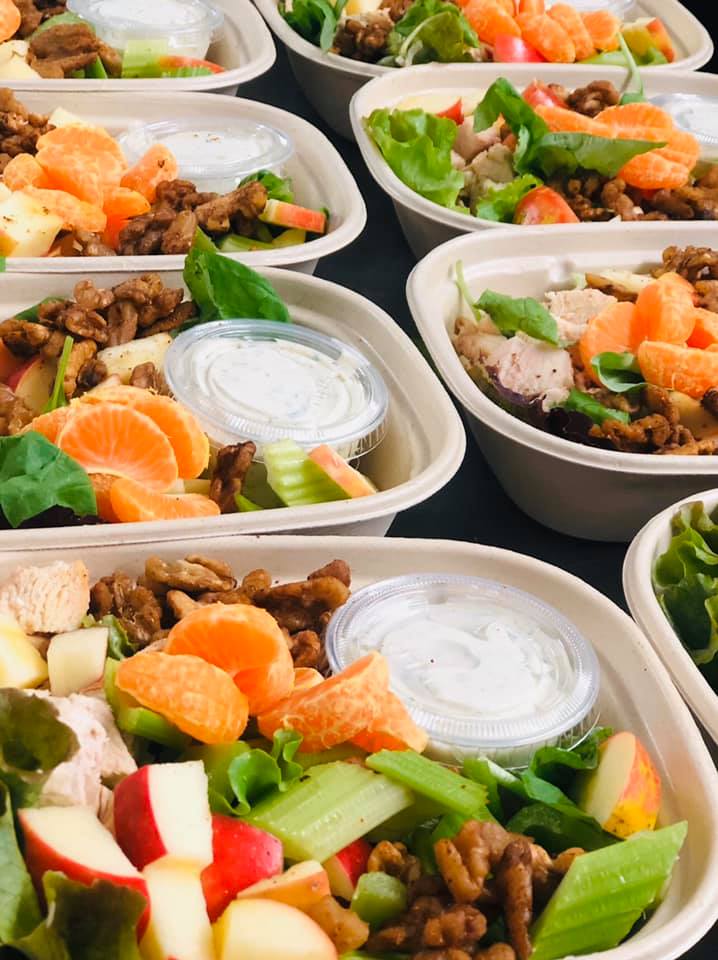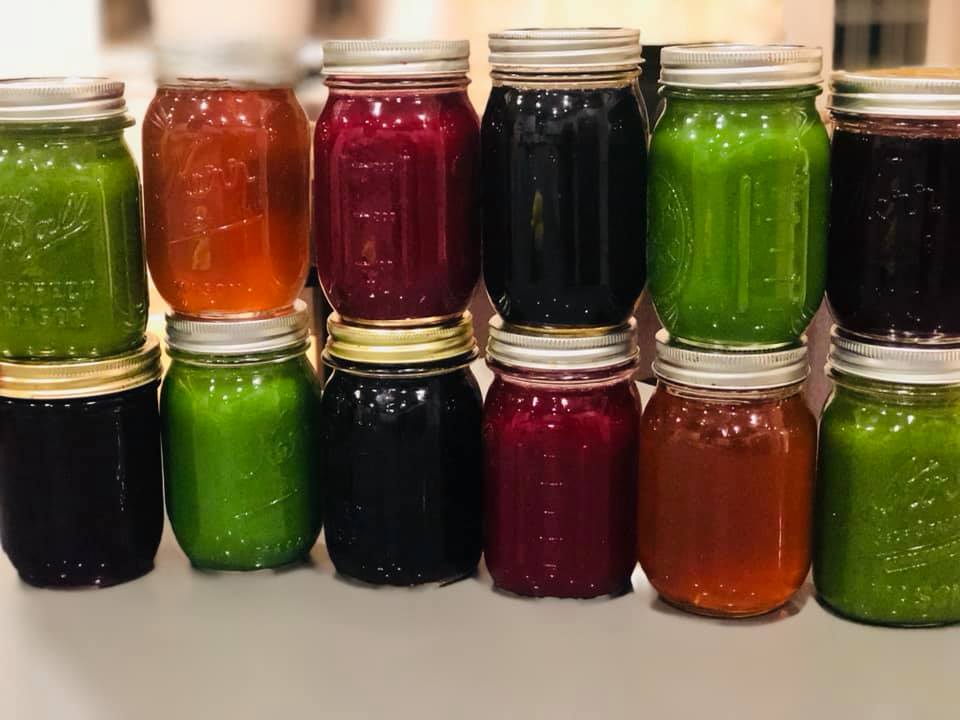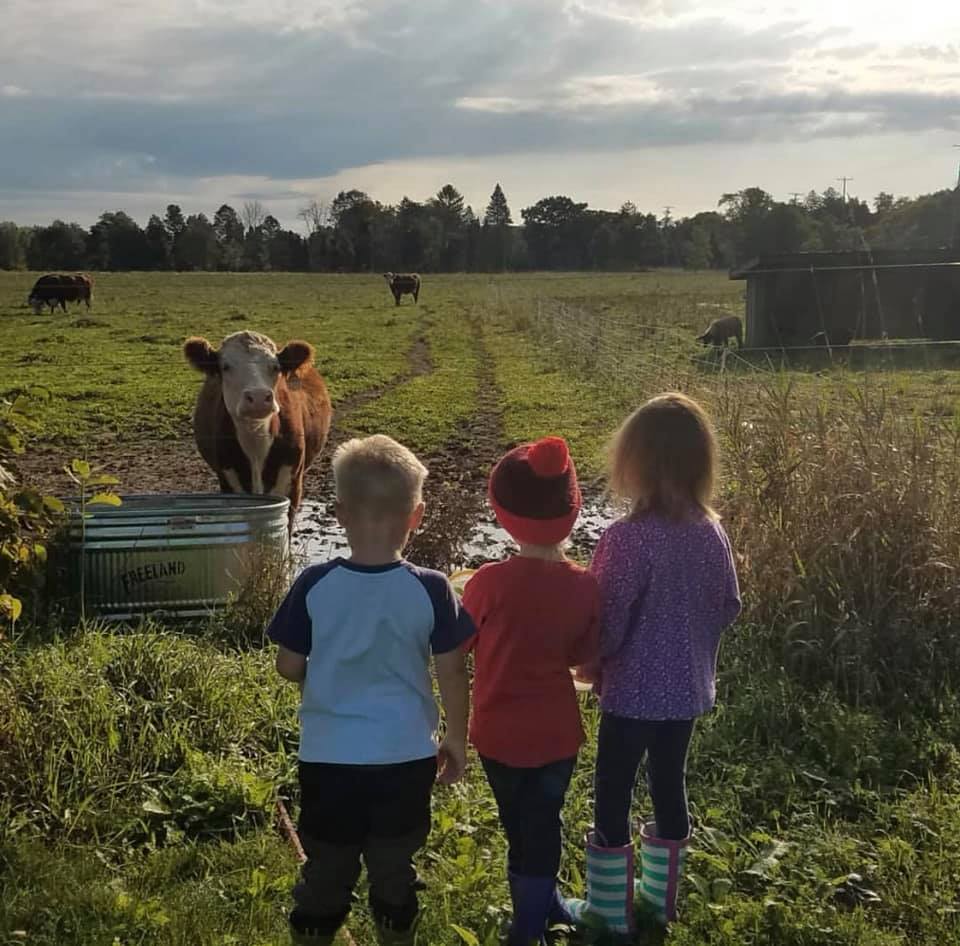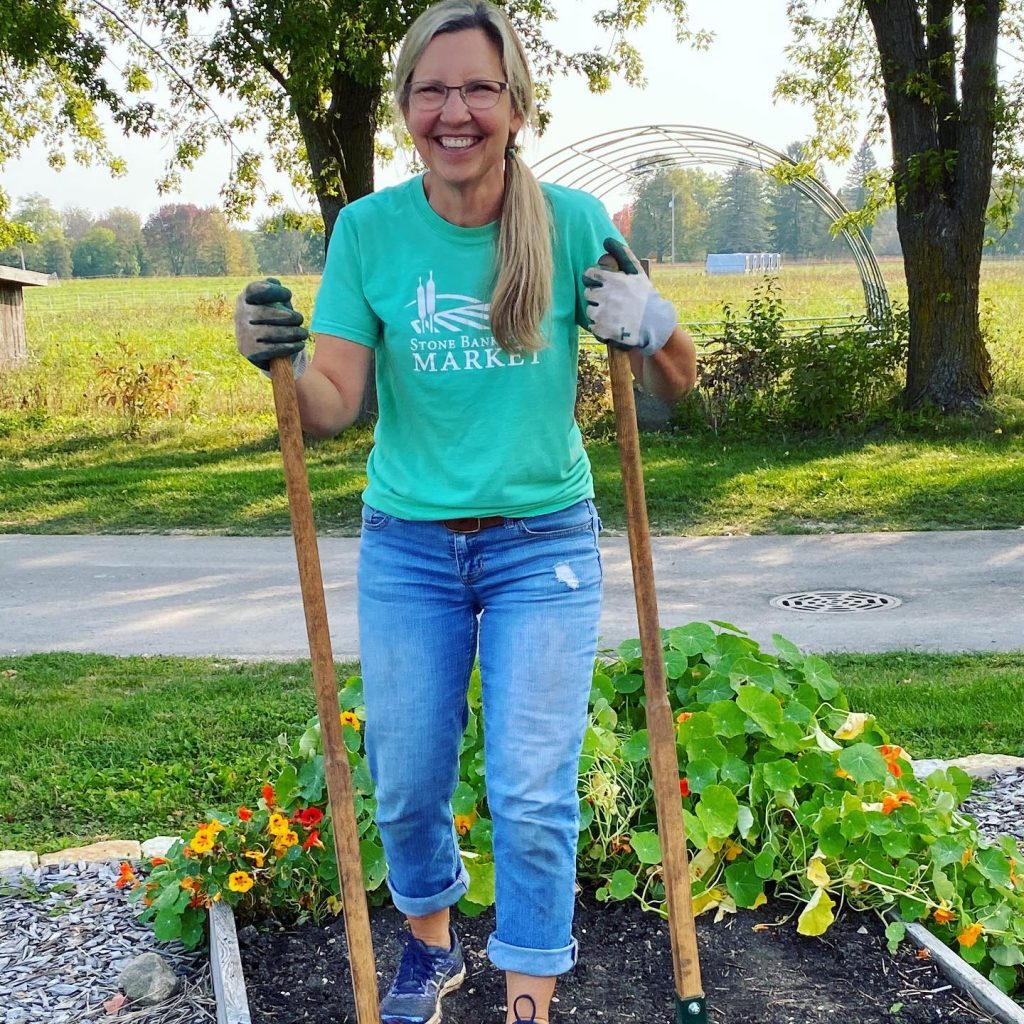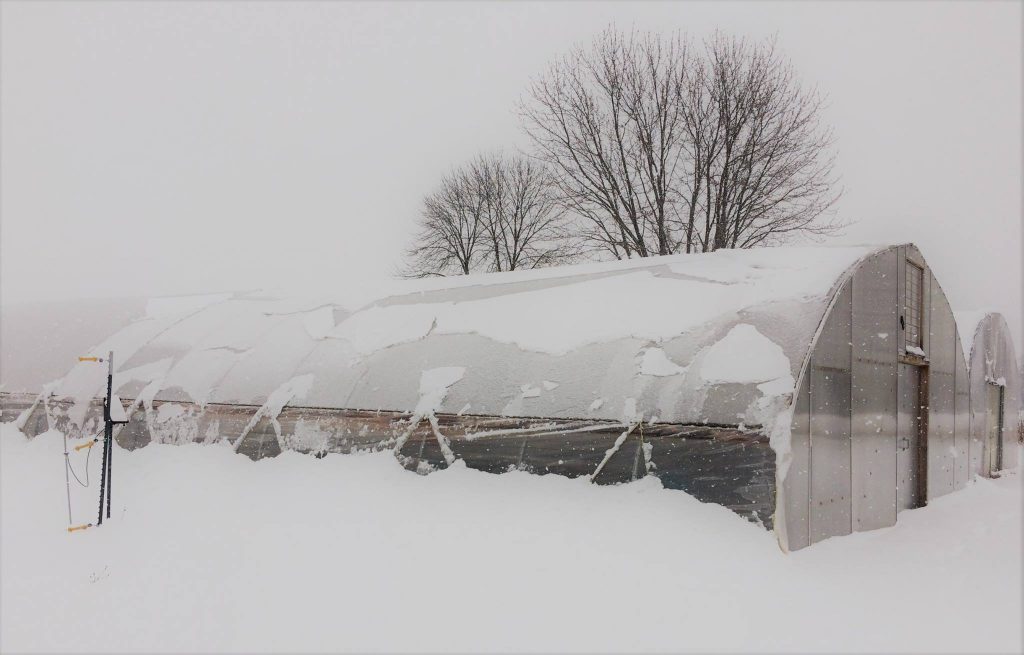
Written by Hippo (a hippopotamus) and Al (a bird)
On the Hawaiian island of Maui is a sugar museum. It is next door to a sugar processing plant, and surrounded by acres of sugarcane growing. The museum tells the story of the history of sugarcane production on the island, and it is a fascinating testament to the power of one crop to shape the cultural makeup of a place.
The sugarcane growing on those fields is processed in the plant across the street, but only to the “raw sugar” stage. It is then shipped to the C & H Sugar Refinery in Contra Costa County, not far from San Francisco. C & H stands for “California and Hawaii.” Here, it is refined into the white sugar that is such a ubiquitous part of our American diet.
But that’s not the end of its journey: the sugar is then shipped cross-country to New York, where it is packaged into little individual paper packages of sugar to go on tabletops, which are then distributed all across the country—including Hawaii.
So if you drive a mile away from that sugarcane field and sit in a café, the sugar packets on your table have traveled about 10,000 miles: to California, to New York, and back again to Hawaii, instead of the one mile you have between the field and the café.
https://cuesa.org/learn/how-far-does-your-food-travel-get-your-plate
Al and I did some more undercover poking around in supermarkets. By now nothing should surprise us, but still, Al had to peck me on the head when my jaw dropped open without my knowledge or consent. Below signs boasting “farm fresh” were blueberries from Chile, grapes from Peru, dragonfruit – for dragons? from Ecuador, eggplant from Holland, kiwi from Greece and Italy, ginger root from Thailand, and more!
Al and I have been ordering local produce from Stone Bank Farm Market every Tuesday and picking up on Wednesday when we also visit our friends Jordy and Steven for eggs down the road at Cackleberry Farm. Stone Bank offers in-store shopping and curbside pickup. Or for $10, a new startup called Farmstead Logistics will deliver right to your door (within 20 miles).
With snow blanketing the ground and few hours of sunshine, Stone Bank still offers radishes, herbs, a variety of greens and microgreens from their greenhouse, as well as their own shallots and garlic.
“But there’s way more that that,” said Al, ” because they collaborate with neighboring farmers and producers.”
Beets, potatoes – red, Yukon gold, and sweet – come from Gwenyn Hill Farm and Garden, and brussel sprouts and golden turnips from Olden Organics. Al and I even got some cherry tomatoes which were juicy and delicious – nothing like the mealy, tasteless “tomatoes” in the supermarkets. Grown in a glasshouse by MightyVine (over the state line in Illinois), they are almost as good as what we pick from our own patch in the summer.
In the freezers are pasture-raised meats from Stone Bank Farm as well as other local farmers, home-made bone broths, and apple cider from Heritage Orchard.
“You can even buy creamy delicious LeDuc’s frozen custard, said Al.
LeDuc’s is a frozen custard stand in Wales, WI. They play some great tunes like “Peggy Sue,” Rock around the Clock,” and “Blueberry Hill,” Al’s favorite. We can’t help singing along and sometimes I can feel Al dancing on my head. The humans are smiling too – that’s a good sign.
“You’re getting off track,” said Al.
Back to business . . .
The market has a refrigerated section full of local dairy products like Clover Meadow milk and yogurt, butter, and oodles of cheeses – plus eggs from chickens that get to run around outside.
And, they also have prepared food like the “weekly meal” and the “farmer’s bowl,” both inspired by ingredients harvested right from their farm – plus soups, salads, hummus, juices, pesto . . .
“And a fancy 3-course Valentine Dinner for two!” interrupted Al. “Check it out! Everything is made so you don’t need to cook. That leaves much more time for romance.”
I’m a bit confused about human romance. We in the hippo world like to impress with our dung. When a male is on the prowl, he leaves large piles of dung on the banks of the river. Then, with his tail, he shoots it far and wide. And we females – if we are attracted – do some dung-showering of our own, raising our rear ends out of the water and letting it fly.
“Maybe don’t do that,” said Al.
Al and I keep finding little treasures on the store shelves too – elderberry syrup – which I take whenever I feel a tickly throat coming on – from Wild Mothering Botanicals in Oconomowoc, kimchi and other things with interesting names like Cherry Bomb from Bushel and Peck in Beloit . . .
“Hippo, don’t forget the humans’ attention spans. You’d better wrap this up.”
What I am trying to get across is that by shopping at Stone Bank Farm Market, you will be supporting hundreds of other local farms, small producers, businesses and families. We have mentioned but a few. This matters.
Why Shop Local?
In the industrial food model, on average, food travels 1500 miles to get to the dinner table. Those blueberries that we mentioned above from Chile probably stopped in California en-route to our supermarket, traveling over 4000 miles. Americans use nearly as much energy to obtain their food as powering their cars.
A two-pound bag of breakfast cereal burns the energy of a half-gallon of gasoline in its making.
https://www.resilience.org/stories/2004-05-23/oil-we-eat-following-food-chain-back-iraq/
If you buy local Meuer Farm oatmeal instead – also available at Stone Bank Farm – you have cut that way down. Meuer Farm even mills their own grains cutting transport further and they use zero petroleum-based pesticides and fertilizers.
As much as 40% of energy used in the food system goes towards the production of artificial fertilizers and pesticides. Fertilizers are synthesized from atmospheric nitrogen and natural gas, a process that takes a significant amount of energy. Producing and distributing them requires an average of 5.5 gallons of fossil fuels per acre. Nitrogen-based fertilizers contribute directly to global warming. Making and transporting one kilogram of nitrogen in a fertilizer releases 3.7 kg of carbon dioxide into the atmosphere.
Murray, Danielle. Oil and Food: A Rising Security Challenge, May 9, 2005
Heller, Martin C., and Gregory A. Keoleian. Life Cycle-Based Sustainability Indicators for Assessment of the U.S. Food System.Ann Arbor, MI: Center for Sustainable Systems, University of Michigan, 2000: 42.
Locally-grown food is much more likely to be grown without these inputs.
But for Al and me, the best reason of all to buy from local farmers and shops is connecting with some really great humans. Connection is what makes life worth living. We’ve heard that’s true for humans too.
Please try to buy locally-produced foods, even in the winter. Stone Bank Farm Market is one great way to do that. We will be featuring more in the weeks to come.
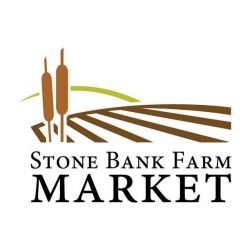
Stone Bank Farm Market
N68 W33208, County Hwy K, Oconomowoc, WI 53066
(262) 563-8010
Hours: Wed-Fri | 10am-5pm | Sat-Sun | 10am-3pm |

